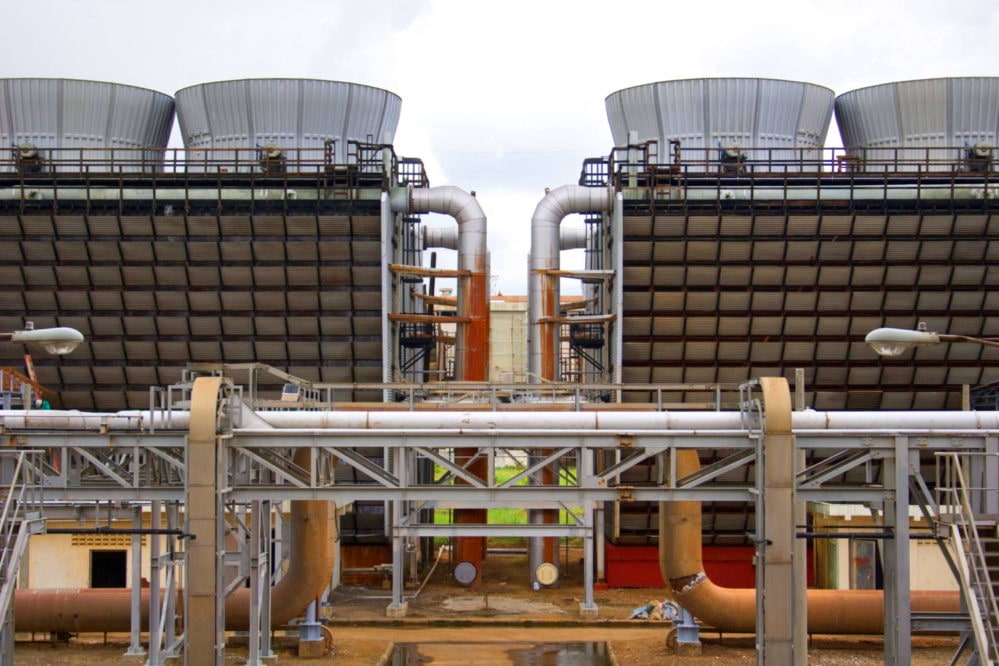By Gavin Palmer, Process Team Lead, Brindley Engineering
Process Engineers oversee water quality, an often undervalued and neglected resource, yet a key utility in many plants and processes. Its quality is key to the reliable operation of process and utility equipment; affecting their operability and longevity in the utilities portion of a facility, where maintenance priorities often come in second to more prominent process equipment. Welcome to Part 2 of Brindley Engineering’s 10-part series on Infrastructure Reliability. In Part 1 you read about the risk of neglected critical infrastructure and protecting what matters. In Part 2 we will explore process utilities.
Water: quality versus quantity
Water is often viewed as an infinite resource, but many local aquifers are declining in level, with treatment costs becoming ever more expensive. Despite this, many facilities struggle with water utilization, often sewering water after a single use when the industry “gold standard” is 3-4 uses for every gallon of water. Whether it be raw water treatment for process or utility use, softening and/or reverse osmosis for boiler feedwater, or chemical treatment for cooling towers, the right technology for the removal of impurities from water is key to the operability and longevity of utility systems supporting an entire facility and is a focal point for Brindley Engineering’s Process Engineers.
Prioritizing Maintenance
Utilities in general are often taken for granted, right up to the point where a failure occurs and the impact of widespread loss of production is realized. Maintenance needs are often de-prioritized in favor of more critical or more visible issues in process equipment, yet key utility systems failure can result in the loss of hundreds of thousands of dollars in lost production in a matter of days. Some of the challenges Brindley Engineering has seen in facilities we’ve serviced include tube failures in boilers from years of poor water quality control, degradation of cooling tower internals from poorly managed chemical injection systems, and accelerated wear and tear of water treatment equipment from poor water re-utilization.
BE Design and Utilities Management Solutions
Brindley Engineering can assist in the process engineering, design and management of many water systems in a facility. Here are some examples:
- BE Knowledgeable: Brindley can perform a water balance study for an entire facility, helping to understand how each gallon of water is used and how many times, to pin-point key areas of risk. From the specification and installation of flowmeters, through collection and analysis of data to find sources of contamination, to development of future water usage and re-usage strategies – Brindley has our clients covered.
- BE Prepared: Planning for future changes in water availability and management strategies is key to the success of any facility’s water systems. Whether it be well upgrades, water re-use projects, design and installation of additional treatment equipment, Brindley assists our clients in being prepared for all future utility concerns.
- BE Not Wasteful: No facility likes to see its water, and all associated treatment costs, going down the drain immediately after one use. Often this is seen as unavoidable, as it is simply unacceptable to send poor quality water, possibly contaminated by the process itself or just not suitable for re-use, back to expensive utility equipment. Brindley Engineering assists our clients in providing automated solutions to detect water quality concerns and recognize the need to dump water when impurity levels are above a damaging threshold. We can also develop strategies for diverting and treating contaminated water for re-use. For example, condensate return skids can send good quality condensate back to the boiler house for immediate re-use or divert high conductivity water for re-treatment.
BE Gets Results
By working to implement solutions to detect and reduce impurities in water, our clients benefit from increased water re-use and lower treatment costs, as well as improved maintenance cycles and equipment lifespans.
More From This Series:
- Part 1: Infrastructure Reliability – Protecting What Matters
- Part 3: Electrical – Condition evaluation of critical motors, transformers, and UPS systems
- Part 4: Instrumentation – Level instrumentation and its effects on reliable operation
- Part 5: Piping – Loss of primary containment caused by poor pipe routing
- Part 6: Tanks – Settling, buckling, and fitness for service assessments
- Part 7: Structures – Structural degradation and the risk of systemic collapse
- Part 8: Fireproofing – Fireproofing degradation, fire safety and corrosion of underlying steel
- Part 9: Cooling Towers – Collapsed cells and effects on cooling water availability
- Part 10: Project Controls – Understanding the big picture in real-time


0 Comments